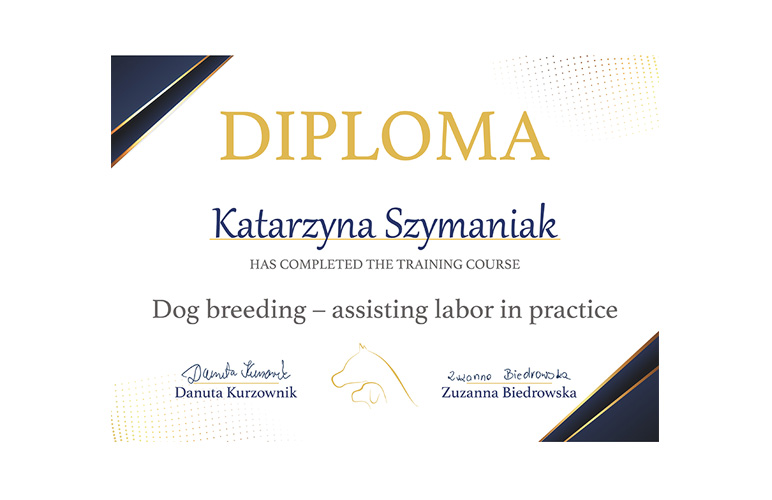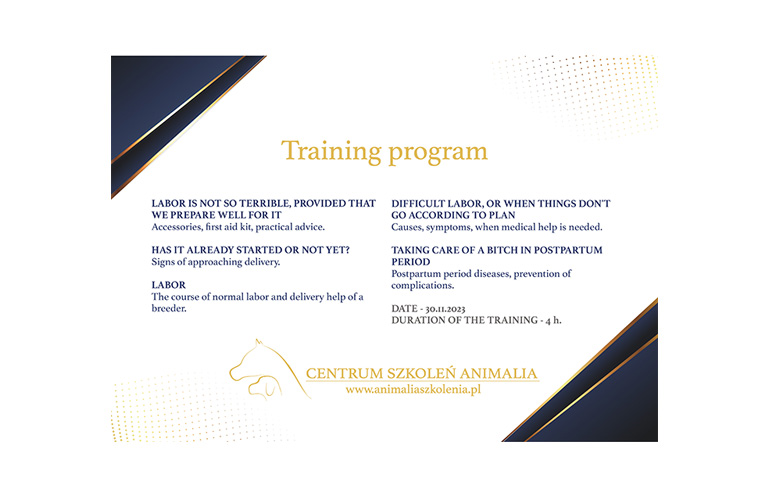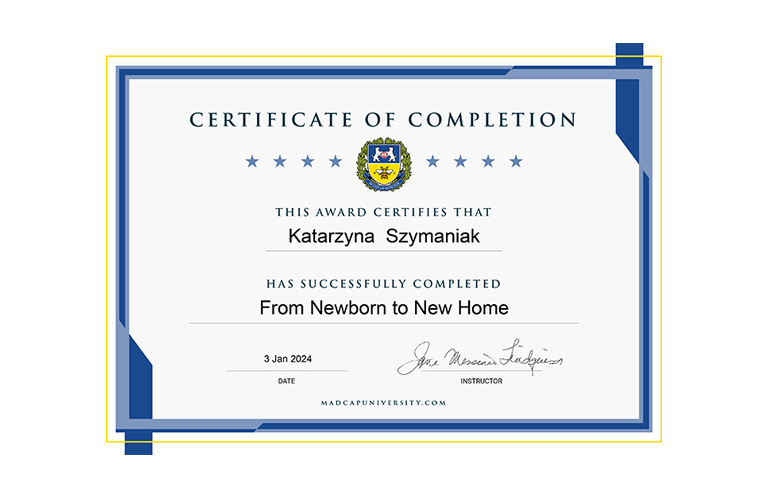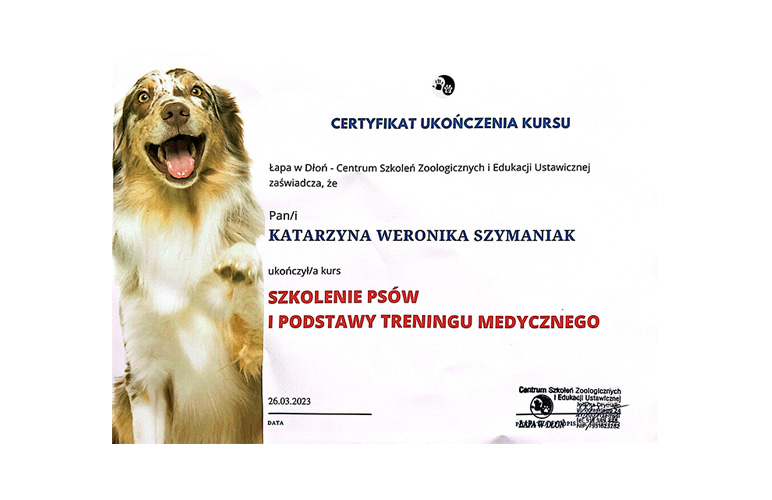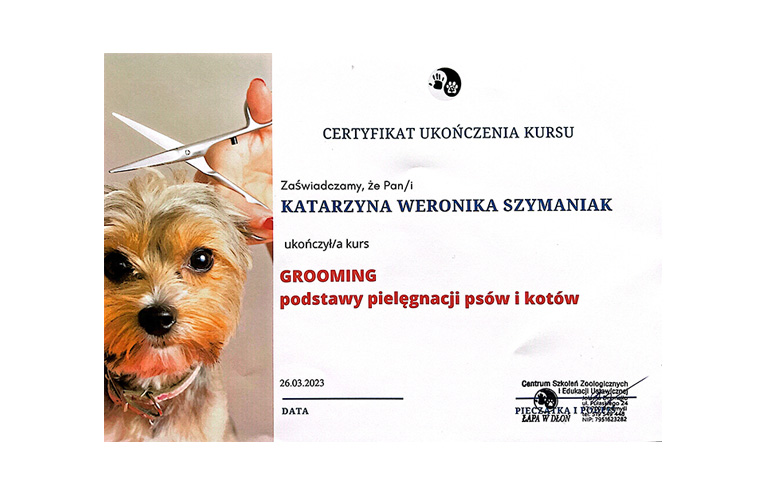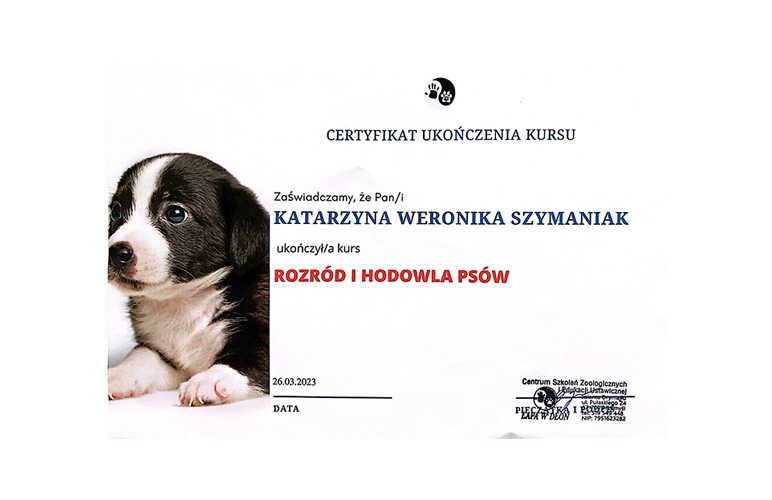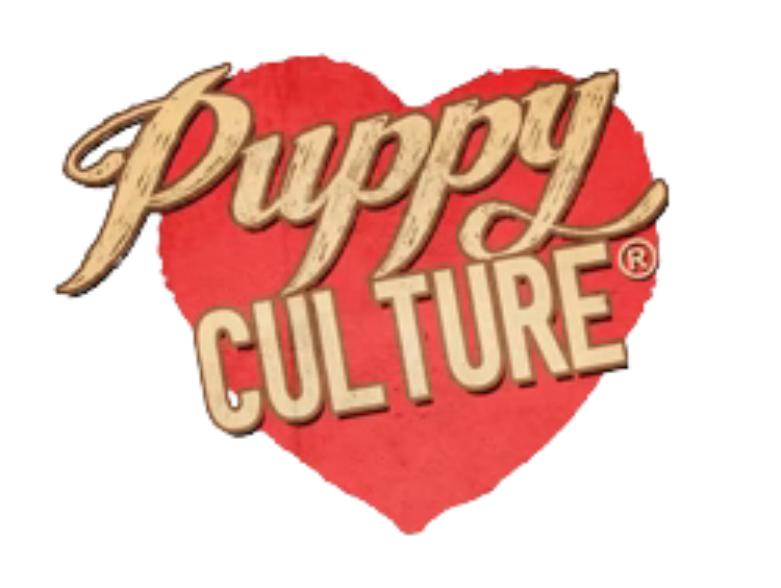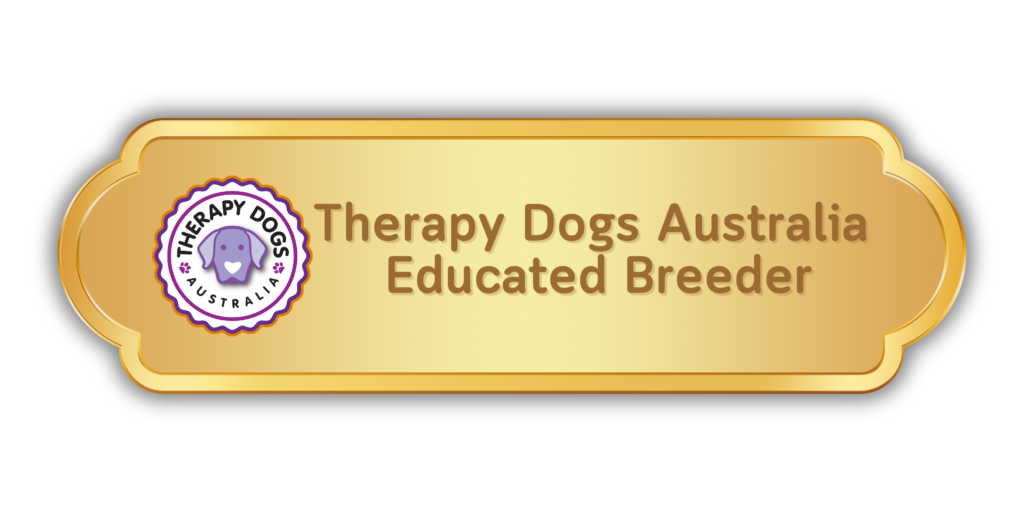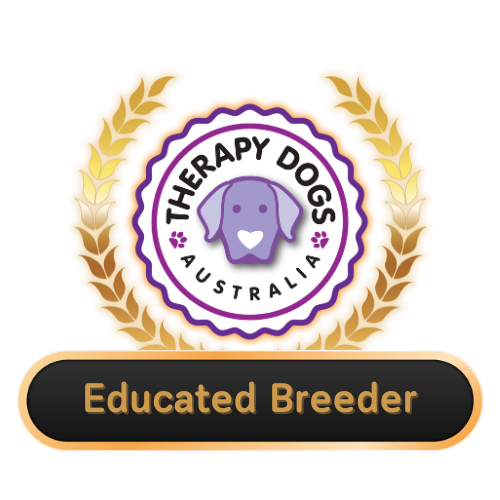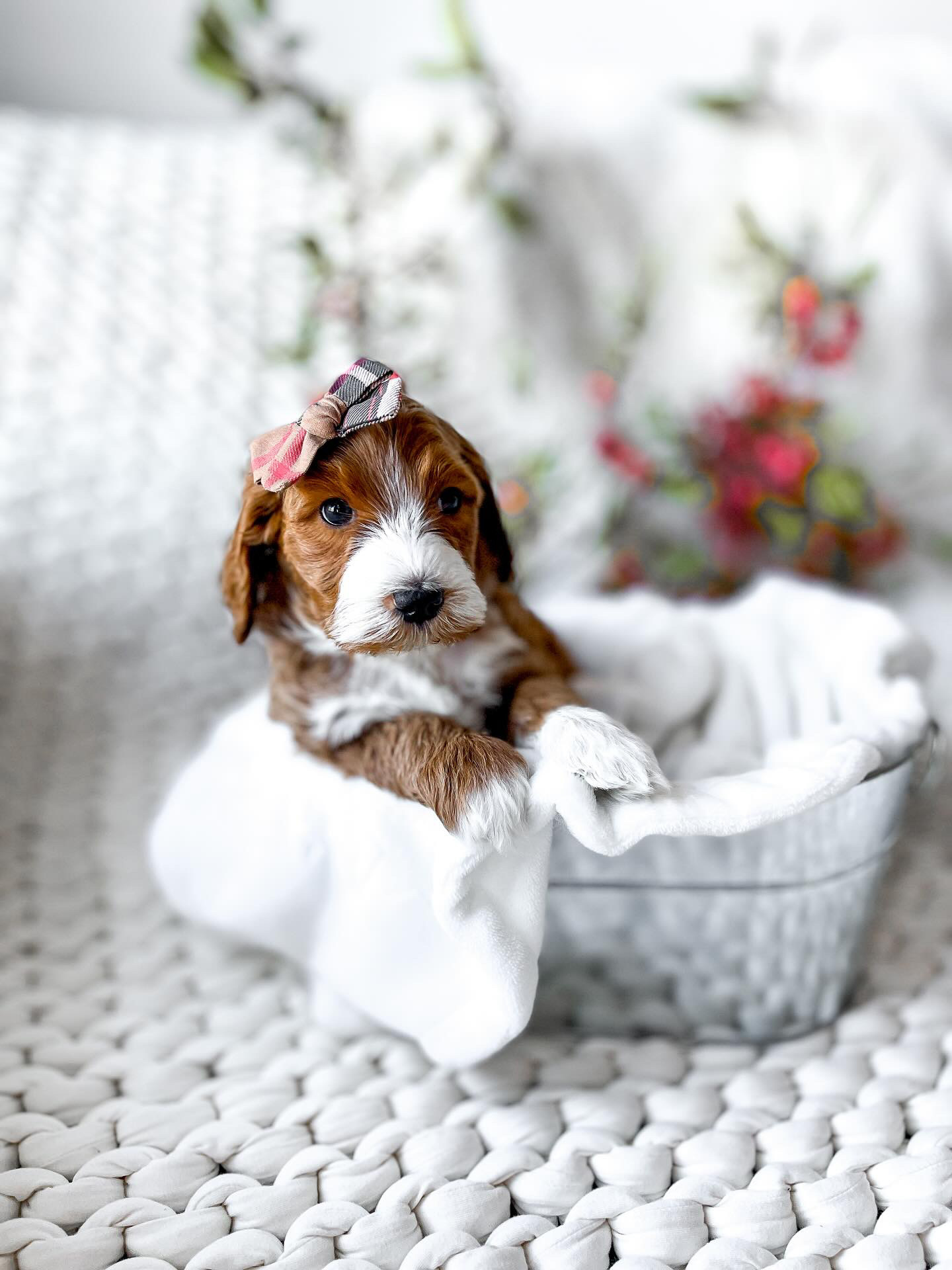
Thank you very much for being with us!
At Mini Doodle Pups you will find Mini Goldendoodles & Cavapoos. Our doodles have amazing, friendly personalities. They have many characteristics that make them an ideal companion breed due to their temperament, versatility, hypoallergenicity, and excellent health records. We take our work very seriously here and the whole family is involved.
We carefully select the parents of our future puppies in terms of genetic characteristics, so that your puppy has a beautiful “doodle” appearance and appropriate character traits.
We use several hands-on teaching programs that provide unparalleled benefits to puppies. We strongly believe in ENS and ESI.
Early neurological stimulation (ENS) is a simple exercise that puppies undergo between the ages of 3 and 16 days to support their development, immunity and coping mechanisms.
These exercises don’t take much time to complete and can provide huge benefits in the long run.
ESI – early scent introduction is a concept developed by Dr. Gayle Watkins, a breeder, scientist, researcher and competitor in many dog sports. Introducing natural scents this early can help introduce puppies to new scents in a controlled way. It improves the ability to smell, increases self-confidence and stability in adult life.
Let’s get to know each other!
Hi, my name is Kasia and I am the owner of Mini Doodle Pups. Anyone who knows me knows that I always care about the animals that come into my life. I often say that I like animals more than people.
When I first met a Goldendoodle, I was amazed by the temperament and intelligence of this breed, and their adorable golden look absolutely moved me. I can honestly say that they stole my heart. In turn, the cavapoo is so adorable that I can’t imagine life without this tender creature, which reminds me of a teddy bear every time I look at it.
Being a breeder is not just a hobby or job for me. We breed with intention, ethics, passion and love, and our adult doodles are, above all, our pets, and their puppies are loved by us endlessly. When the puppies arrive, we will share photos and videos with you so you can watch them learn and grow! We will try to make it an exciting and pleasant experience for you 🙂
Our females
All our dogs underwent a panel of genetic tests in a foreign laboratory for over 270 diseases, including: von Willebrand disease (vWD1), degenerative myelopathy, NEwS mutation, prcd-PRA mutation, dermatomyositis, features related to appearance and genetic diversity were also examined.
We cooperate with the Cavaminidoodles breeding farm and together we make every effort to ensure that our future breeders have the best possible features in appearance and character. All our doodles are of foreign origin from proven and reputable breeders.

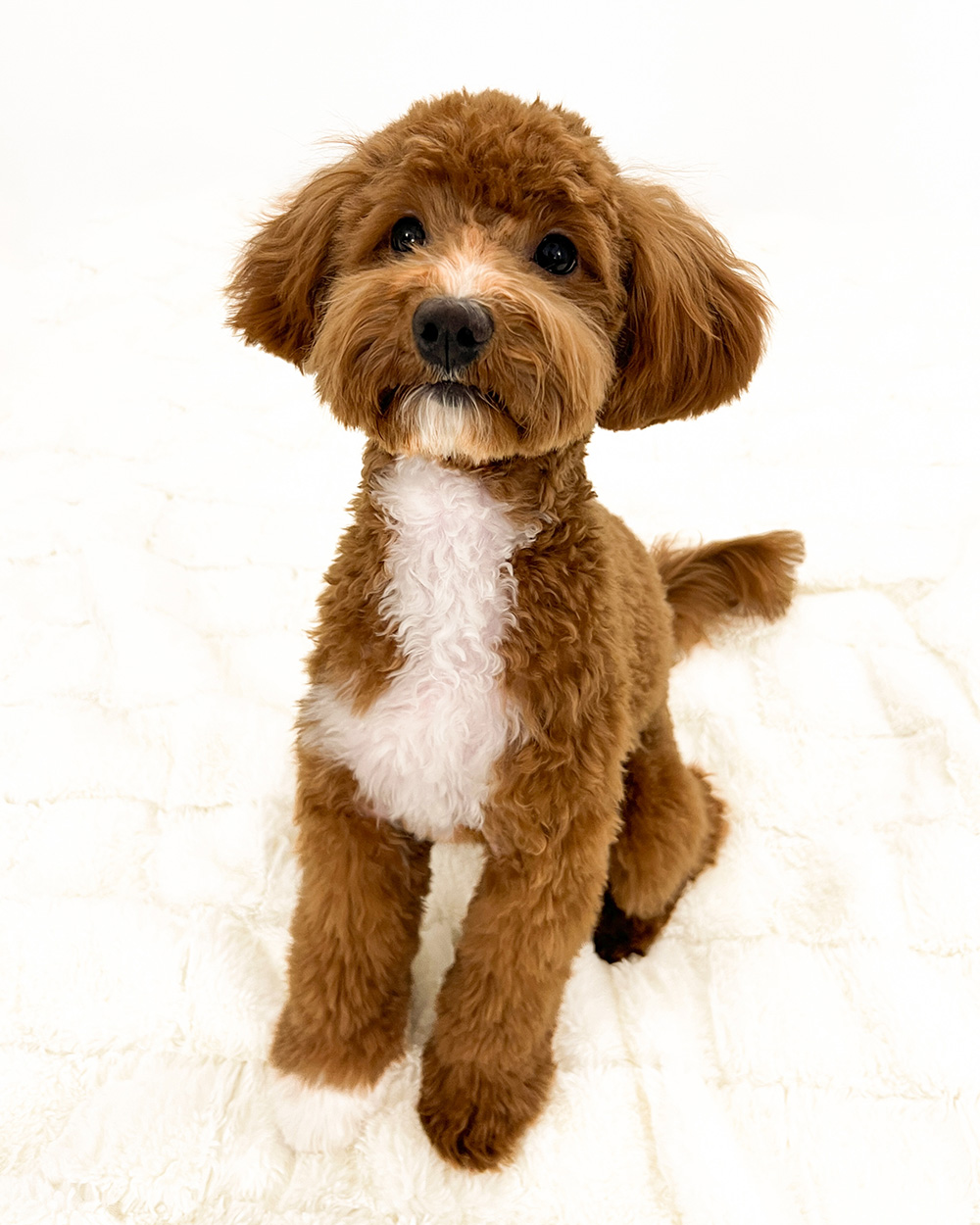
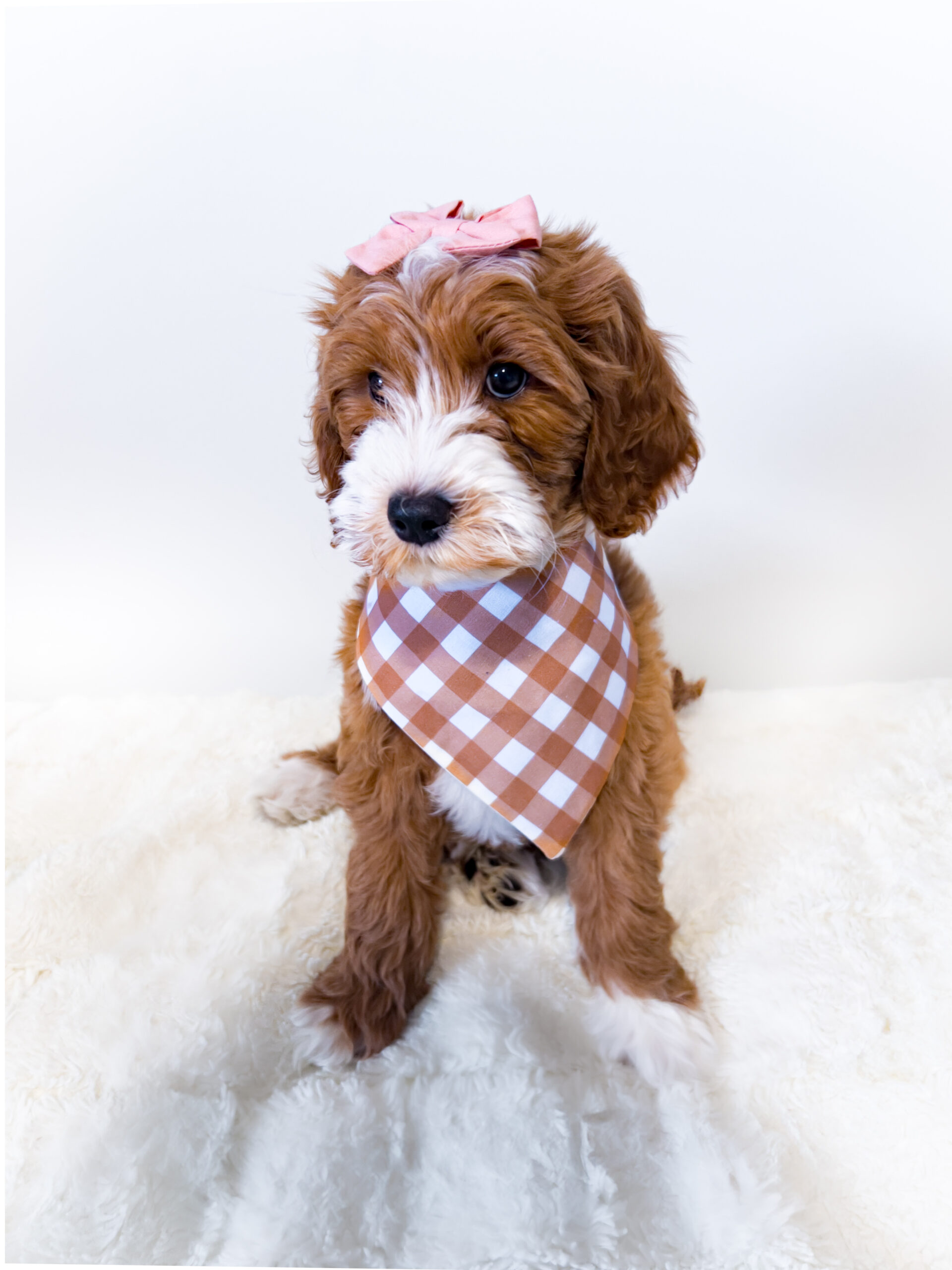
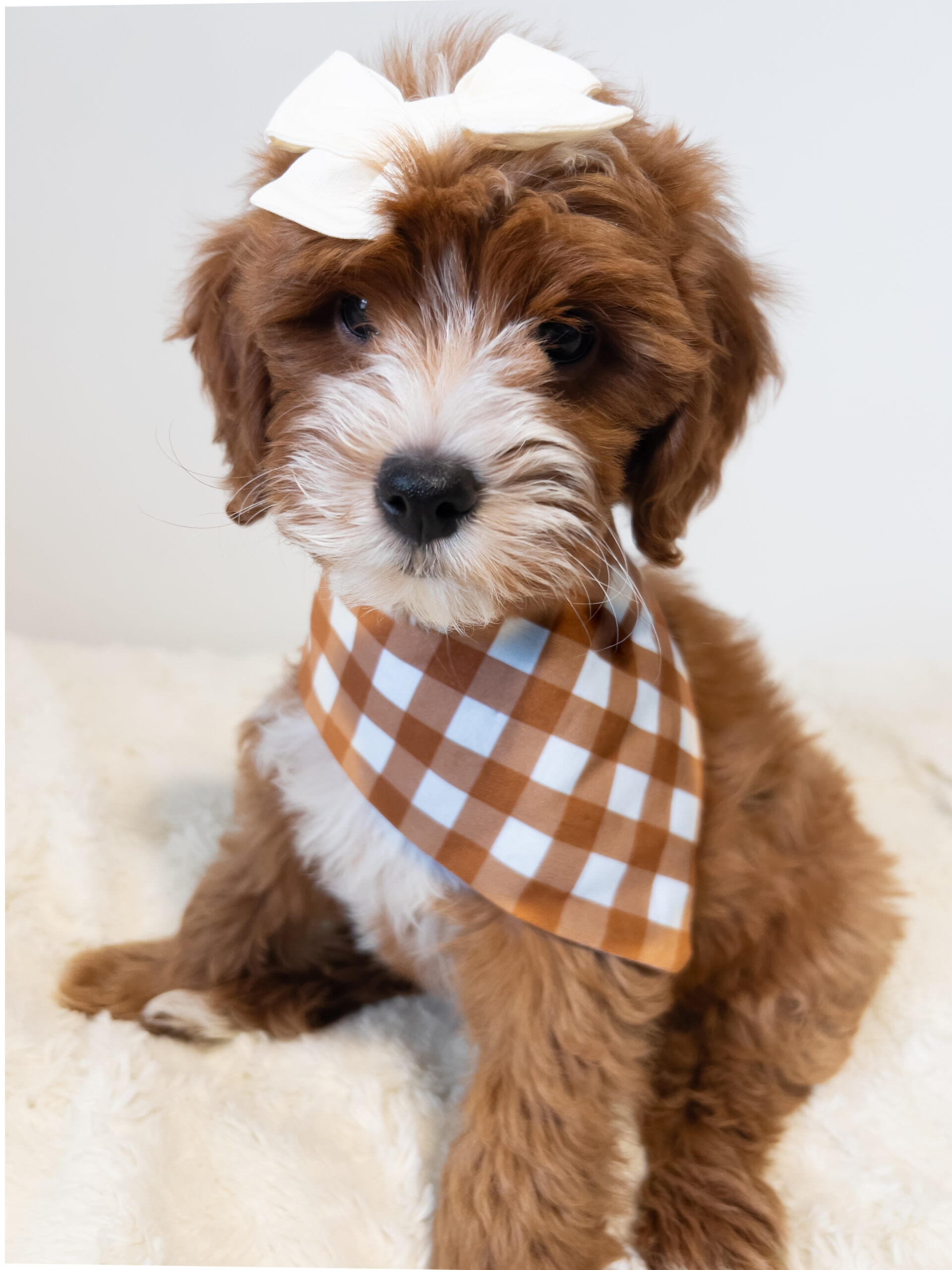
About the breeds
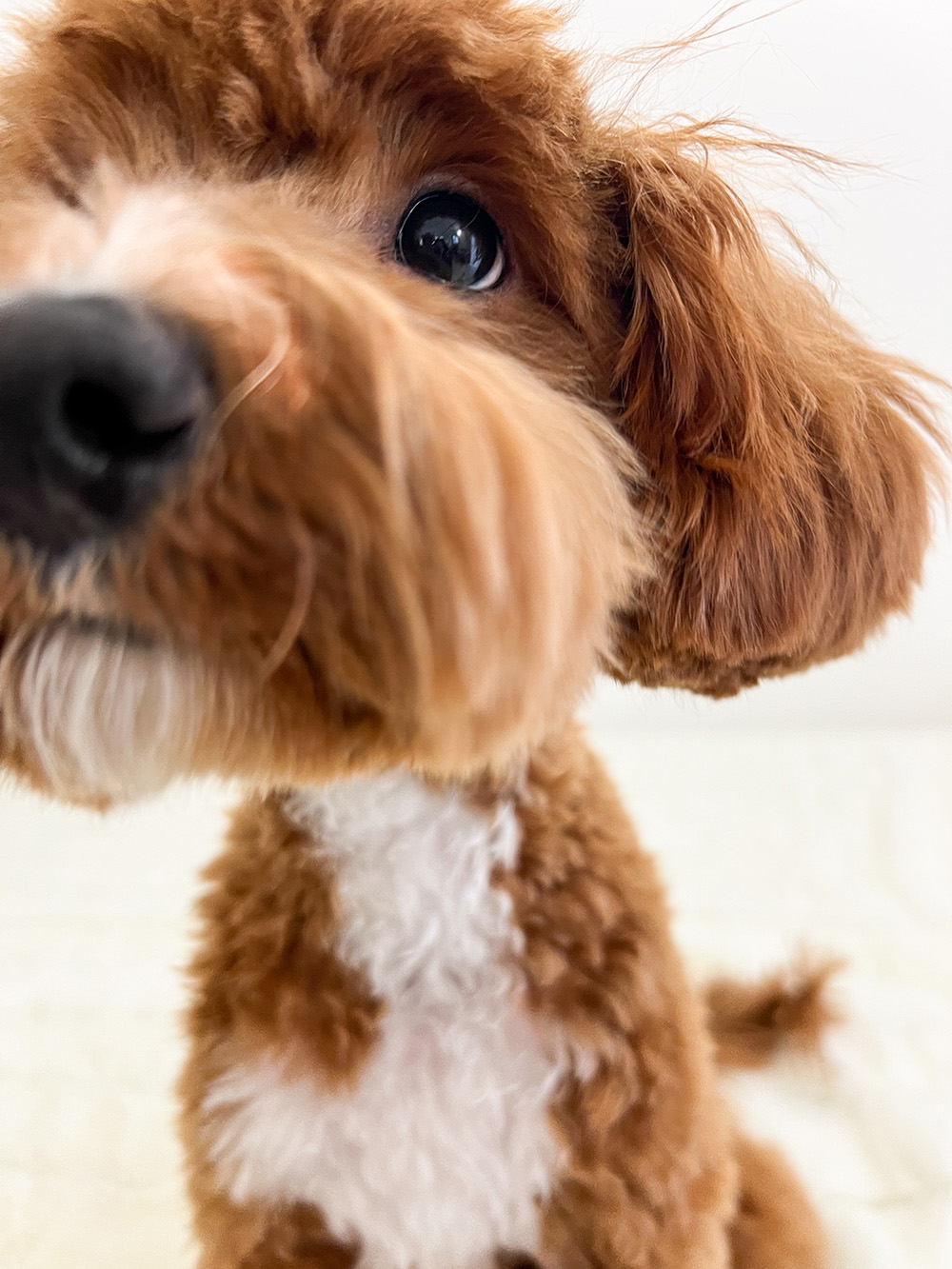

Cavapoo generations:
-
F1 first generation: 50% Poodle and 50% Cavalier King Charles Spaniel
-
F1B second generation: 75% Poodle and 25% Cavalier King Charles Spaniel
-
F1BB third generation/multi-generation: 87.5% Poodle and 12.5% Cavalier King Charles Spaniel
-
F2 second generation: 50% Poodle and 50% Cavalier King Charles Spaniel
-
F2B multi-generational: 62.5% Poodle and 37.5% Cavalier King Charles Spaniel
-
F2BB multi-generational: 81.25% Poodle and 18.75% Cavalier King Charles Spaniel
-
F3 third or higher generation Cavapoo.
In our breeding cavapoo puppies will be the F1BB generation, which means they will be the most hypoallergenic and non-shedding. A lot depends on the combination of appropriate genes, which is why we pay so much attention to the dogs we choose.

Our program
Here I will tell you a little more about how our puppies will be raised and the care given to each litter.
Starting from the very beginning, i.e. from birth, until the eighth week of life, when it will be time for your new family member to join you.
Education is extremely important to us. We are responsible for the first weeks of the puppy’s life, as well as issues related to its initial preparation for the surrounding world. MADCAP UNIVERSITY with elements of Puppy Culture and BREEDERS Bootcamp are detailed teaching programs that contain invaluable information needed to raise a socialized and smart dog. We know that being a breeder means constant development, which is why we train and develop so that we can provide you, the future owner of our puppy, with all the tips regarding subsequent socialization and care.

ENS - early neurological stimulation
Early neurological stimulation begins on the 3rd day after birth and continues until the 16th day of life. ENS has been proven to effectively improve cardiovascular performance, strengthen the heart, and increase adrenal production. Many studies also indicate increased resistance to stress and improved immune response, which leads to better resistance to disease. This entire process consists of five short exercises, such as: tactile stimulation, lying on your back, holding with your head raised, tilting upside down and thermostimulation. This method was developed by the military and is known as the Super Dog Program to improve the performance of working dogs.
ESI - early fragrance introduction
We start introducing scents from the third day of life and continue this practice until the 16th day. Every day we introduce a new scent to the puppy. This exercise increases the child’s ability to recognize and respond to smells, and also has a positive effect on development and self-confidence. So, from an early age, we prepare them to enter your home, where they will encounter various smells such as home scents, nature scents or the smells of other animals.
Noise exposure
Noise exposure is one way to socialize our puppies to new sounds. Puppies that have not been exposed to noise early in their lives often react with fear when startled. Your puppy will be exposed to many different sounds, e.g. a vacuum cleaner, fireworks, knocking on the door, and the sounds of various atmospheric phenomena. This exposure helps induce a calm response to unexpected or surprising sounds. As time passes and experience is gained, when the puppy hears these sounds again, it gets used to them and does not react.
Gentle manual exercises
From about the third week of the puppy, we begin a ten-step protocol. We accustom babies to touching their noses, gently pulling their ears and tails, massaging their paws and generally handling them. We increase the intensity every week and the puppy gets used to stroking and all kinds of touch. This entire process makes your puppy feel safe and secure when held and is also a great way to prepare him for later grooming.
Socialization
Your puppy’s early exposure to new surroundings helps him to accept new people and new stimuli more easily. He gains experience and learns to function. We pay special attention to the emotions and signals the puppy sends during socialization. This is very important because this process cannot take place under the influence of stress or negative emotions. You also need to remember not to put any pressure on an unsure dog
Care
There is no denying that doodles need to be taken care of. I try to get your puppy gradually accustomed to the grooming process. In the fourth week, puppies have their first bath, learn about blow-drying, clipping nails and the sound and feel of clippers or scissors. Later, this will result in greater or complete tolerance to care treatments, of which there are many of our charming doodles 🙂
The science of purity
Another important issue is taking care of the puppy’s physiological needs straight on the mat 🙂 This lesson is extremely important because these small dog children do not yet have all the mandatory vaccinations and contact with the feces of other dogs and other animals may be dangerous. That is why the dog must be provided with a safe environment and know that it should relieve itself in a designated place. Initially, we create a separate place – a mat in the farrowing room for the puppies, and then also in the pen where there is more space.
Puppies don’t like to dirty their sleeping area, so they naturally gravitate towards a designated spot away from their living space.
Since this becomes a learned behavior over time, the transition to your home is much easier because the puppy already knows that he can use the mat that has been prepared for him. Throughout this entire process, the puppy is not the least bit surprised or confused. Of course, minor mishaps can be expected, but this is completely normal and we can be sure that the baby will soon get into the routine in the new place. Taking the dog out on the mat or later for a walk outside should take place at the right time: in the first second after waking up from a nap, at night or at any time after leaving the cage. The puppy will relieve himself in the morning, after eating, after playing, and only when we notice that he starts wiggling and sniffing is it worth reacting. Generally, we can plan at least 8-10 walks a day. Motivation is very important here. We reward every appropriate behavior of the puppy, i.e. as soon as he relieves himself outside. We praise him with a positive and gentle tone of voice and give him his favorite treat. We do not impose penalties if failures occur and the pet relieves itself at home. It’s an essential part of learning.
Let’s always try to reinforce positive behavior.
Getting used to the kennel cage
We start training our puppies in cages when they are five weeks old. For the first few days, we place the cage in a playpen so that they can get used to it. Once this stage is behind us, the dogs take short, hour-long naps during the day, and then the time is extended. Our next step in week six is to move on to night crate training. In most cases, puppies at six weeks of age are not yet ready to sleep through the night, so we are always nearby to let them out on the mat. By the time they are 7-8 weeks old, they are fully crate-accustomed and will be able to sleep through the night. Both together and alone, we show them that everything is really good and safe 🙂 However, we must remember that despite the dog’s sense of security and acceptance of the kennel cage, leaving its siblings will be a bit difficult, but I am sure that it will take some time and they will get used to it. sleeping alone in a new house ;). I would also like to recommend Snuggle Puppy to you. It’s a plush dog with a heartbeat emitting device that provides the perfect start for every puppy in a new environment.

Application form
By filling out this form, we hope to get to know you a little better. We care very much that our puppies go to responsible families. We test our little ones in terms of character, excitability and various behavioral tendencies (Campbell and Volhard tests). Tests are performed around seven weeks of age. This form will be valid for the current or future litter. Only selected people will receive information about qualifying for the waiting list. We ask for your understanding due to the limited number of puppies.
Puppies from our breeding farm are sold as pet dogs, therefore they must be sterilized when fully mature.
If you have any additional questions, please contact us .
Planned litters
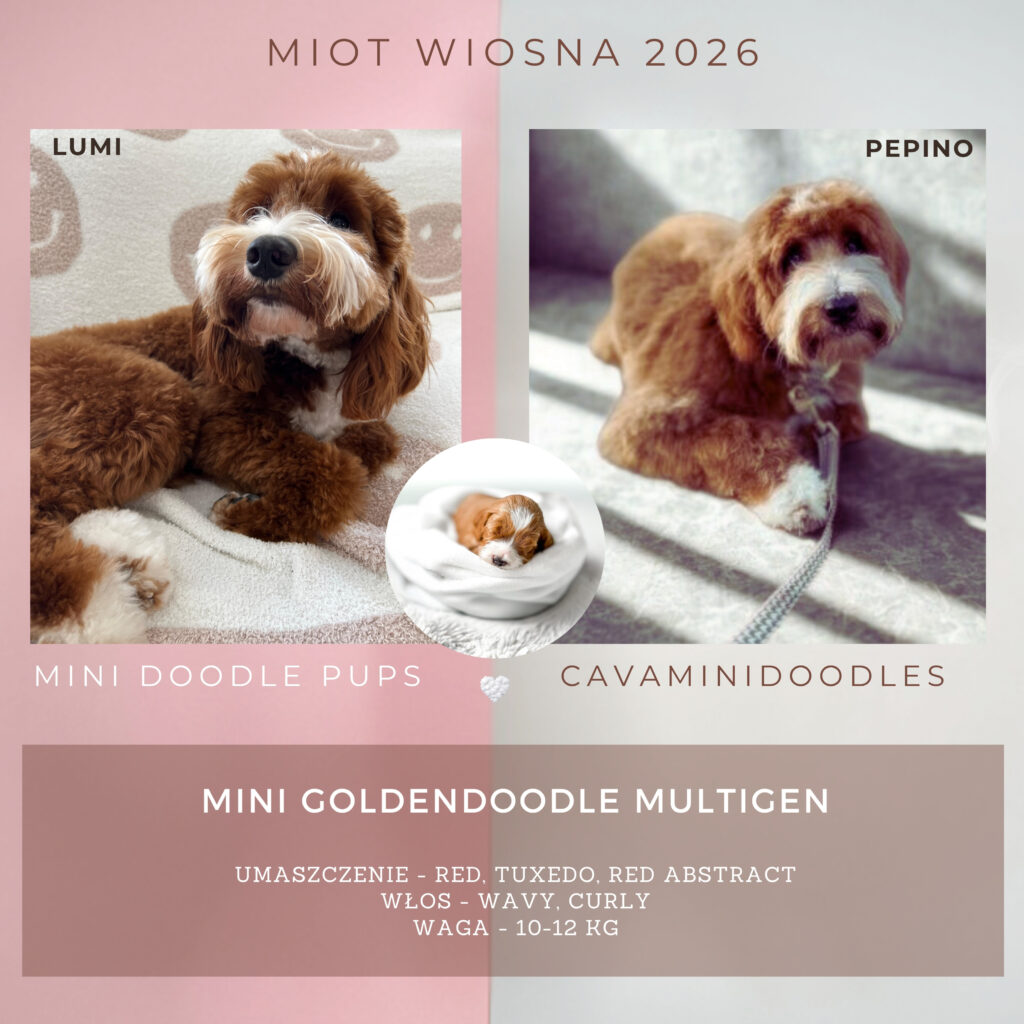

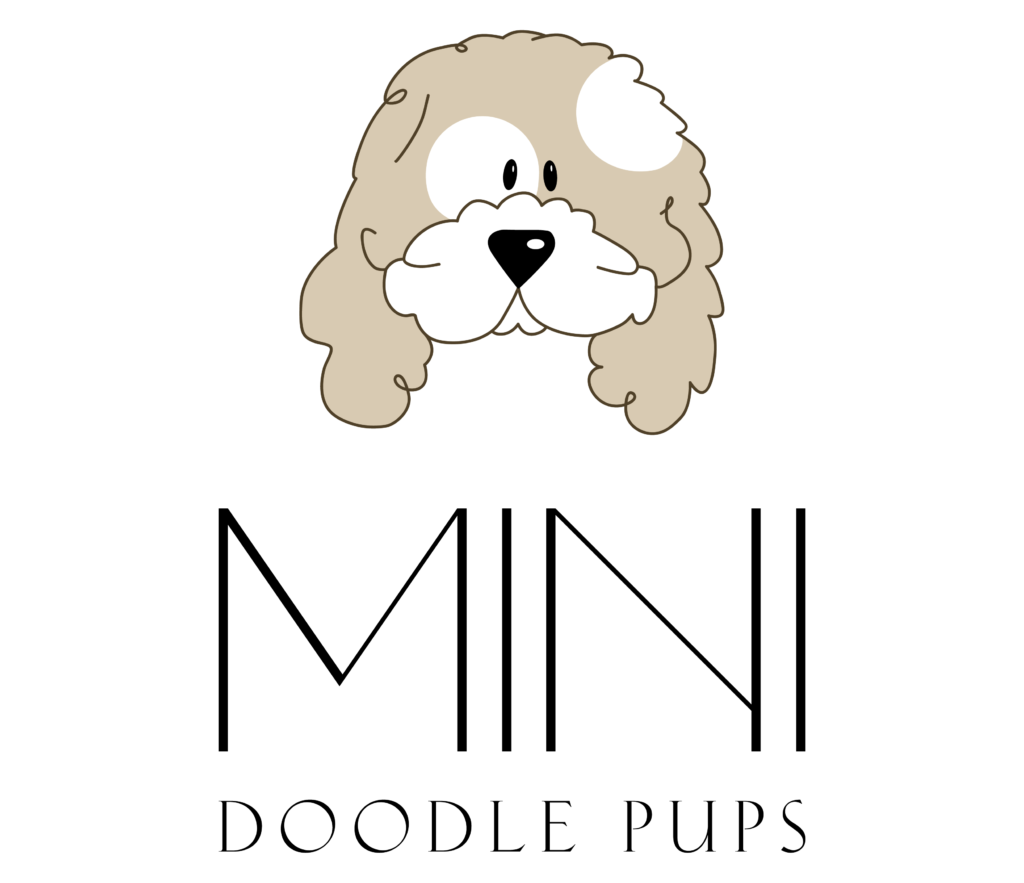

 Polski
Polski
